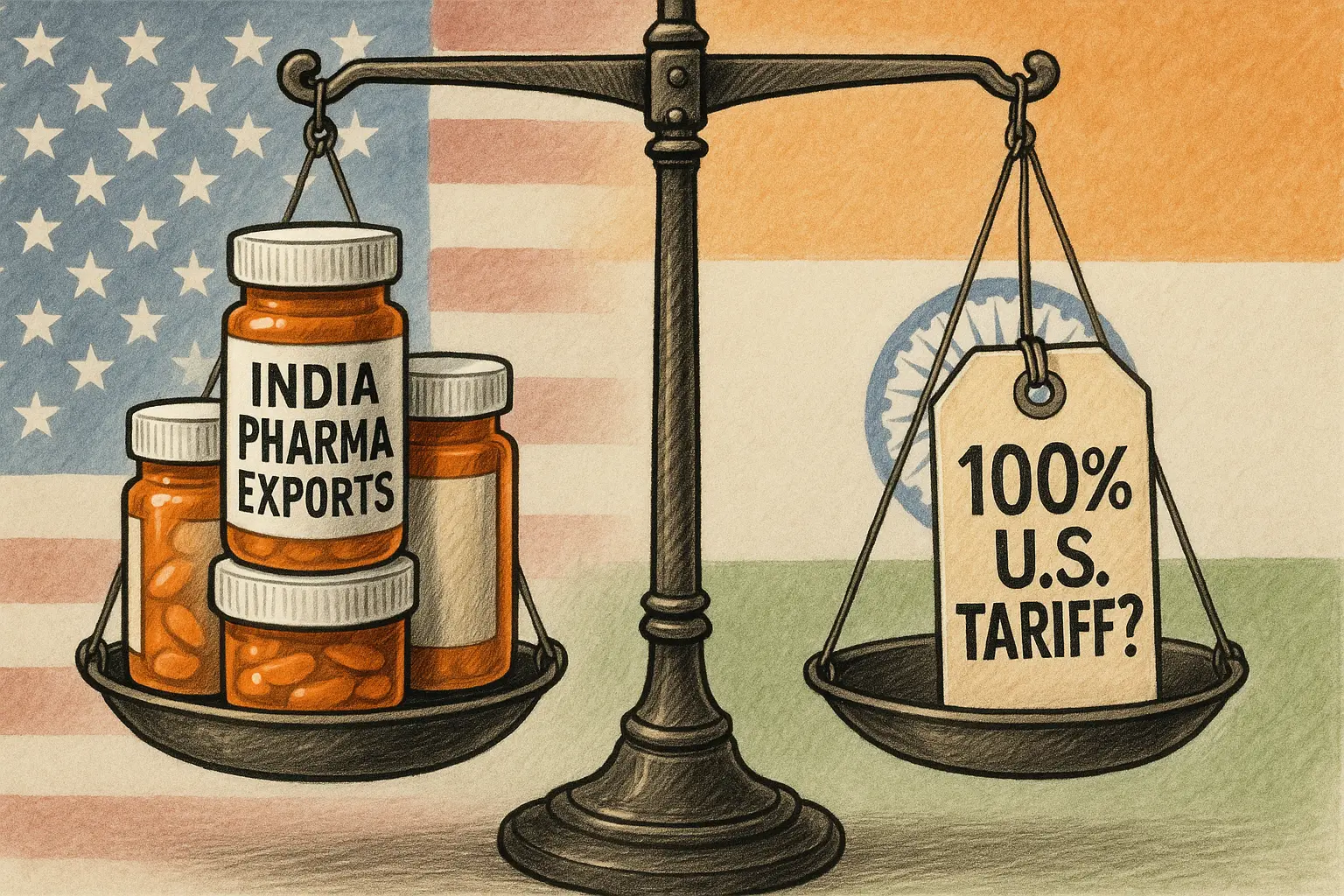India’s Next Tech Revolution: Semiconductor Factories Greenlit Across States

If you’ve been following India’s tech journey, you know one thing: the future runs on chips. From the phone in your pocket to the EV on the road, semiconductors are the hidden engines powering modern life. On August 12, 2025, the Union Cabinet approved four new semiconductor projects worth about ₹4,594 crore, marking another big leap in India’s self-reliance mission.
With these approvals, India now has 10 semiconductor facilities in the pipeline, valued at around ₹1.6 lakh crore. The message is clear: India is serious about becoming a major player in the global chip industry.
1. Where the New Projects Are Coming Up
Odisha – Two Game-Changing Facilities
SiCSem Pvt Ltd + Clas-SiC Wafer Fab (UK)
- India’s first commercial Silicon Carbide (SiC) fabrication plant.
- Will produce high-power SiC devices used in EVs, renewable energy, defence, fast chargers, and more.
3D Glass Solutions (USA)
- Advanced semiconductor packaging components: glass interposers, silicon bridges, and 3D heterogeneous integration modules.
- Critical for AI, photonics, RF electronics, high-speed computing, and automotive tech.
Andhra Pradesh & Punjab
- Both states will host advanced semiconductor manufacturing units.
- One project reportedly has backing from Intel and Lockheed Martin, signalling strong global partnerships.
2. The Bigger Plan – India Semiconductor Mission (ISM)
Launched in December 2021, ISM began with a ₹76,000 crore budget to develop India’s chip manufacturing ecosystem, encompassing design, fabrication, and packaging.
Already approved projects include:
- Tata Semiconductor Assembly & Test (TSAT) in Assam (~₹27,000 crore).
- Units in Gujarat (Sanand) and Assam, focused on assembly, testing, and packaging.
3. Why Odisha Is Suddenly in the Spotlight
Odisha revamped its Semiconductor Manufacturing and Fabless Policy (2023) to attract global investors.
- Incentives for land, infrastructure, and training programs.
- Targeting not just factories, but also chip design and R&D hubs.
These two new plants are expected to create thousands of skilled jobs and encourage ancillary industries, such as precision engineering, logistics, and clean-room technology.
4. Why This Matters for India’s Future
Currently, India imports most of its semiconductors from countries such as Taiwan, South Korea, and the USA.
- Strategic industries — EVs, defence, telecom, electronics, renewable energy — all depend on a reliable chip supply.
- By producing chips locally, India can reduce dependency and improve supply chain security.
This is also about Atmanirbhar Bharat — not just making in India, but designing and innovating in India.
5. The Road Ahead – Timelines and Challenges
Building a semiconductor fab isn’t like opening a regular factory. It’s a high-precision, high-cost project.
Construction Time: 2–4 years to become operational.
Key Challenges:
- Huge capital costs.
- Shortage of highly skilled workers.
- Need for stable infrastructure (uninterrupted power, ultra-pure water, secure logistics).
- Global competition for incentives (e.g., US CHIPS Act).
Even after approval, these projects need land allocation, environmental clearance, equipment procurement, and clean-room setup — each step is complex and time-bound.
Conclusion
India’s semiconductor mission isn’t just about factories — it’s about reshaping the country’s tech future. With four new projects approved, including two high-impact facilities in Odisha, the country is building the foundation for a stronger, more self-reliant economy.
The next few years will test India’s ability to execute big, complex tech projects. But if done right, this move could put India firmly on the global semiconductor map.









No comments yet. Be the first to comment!